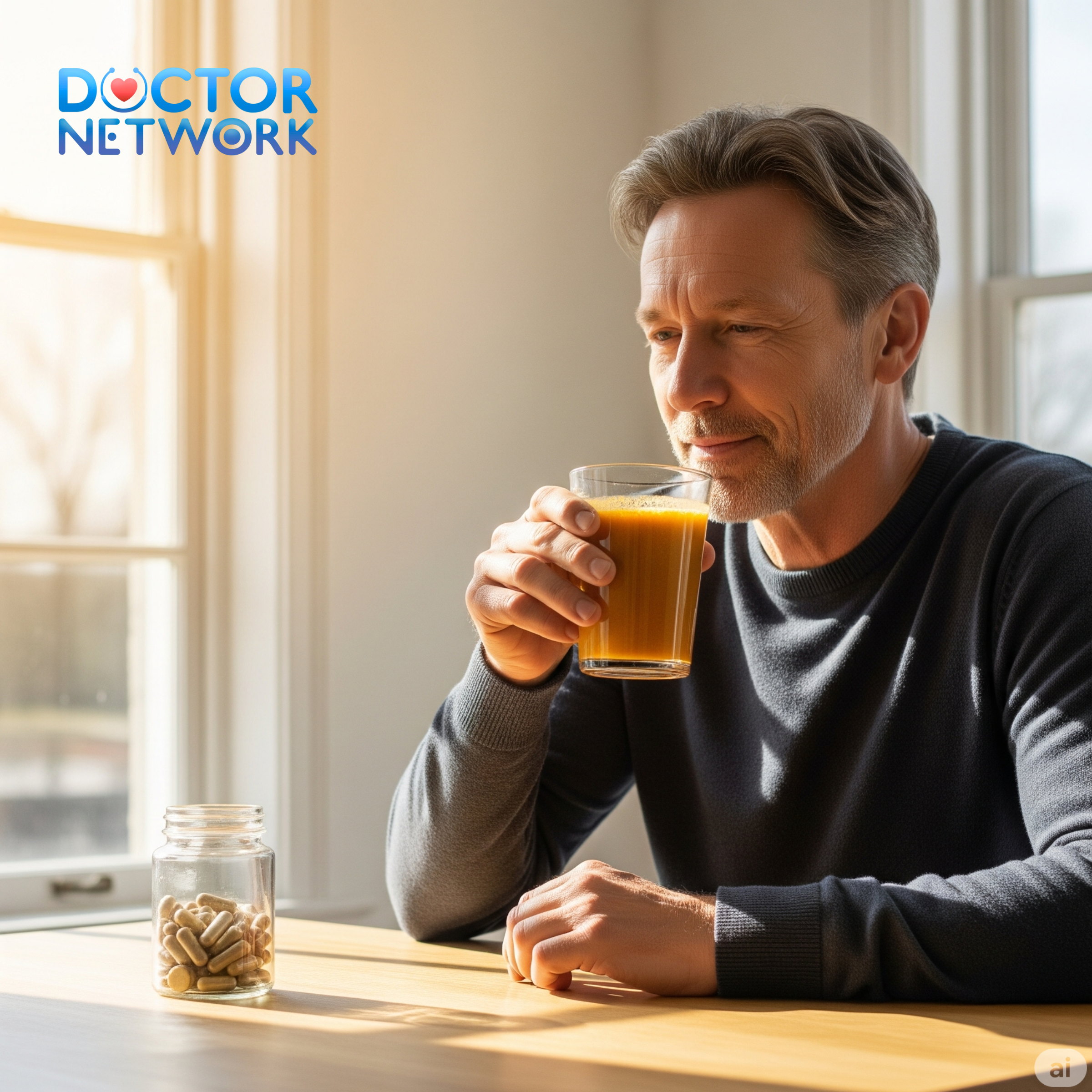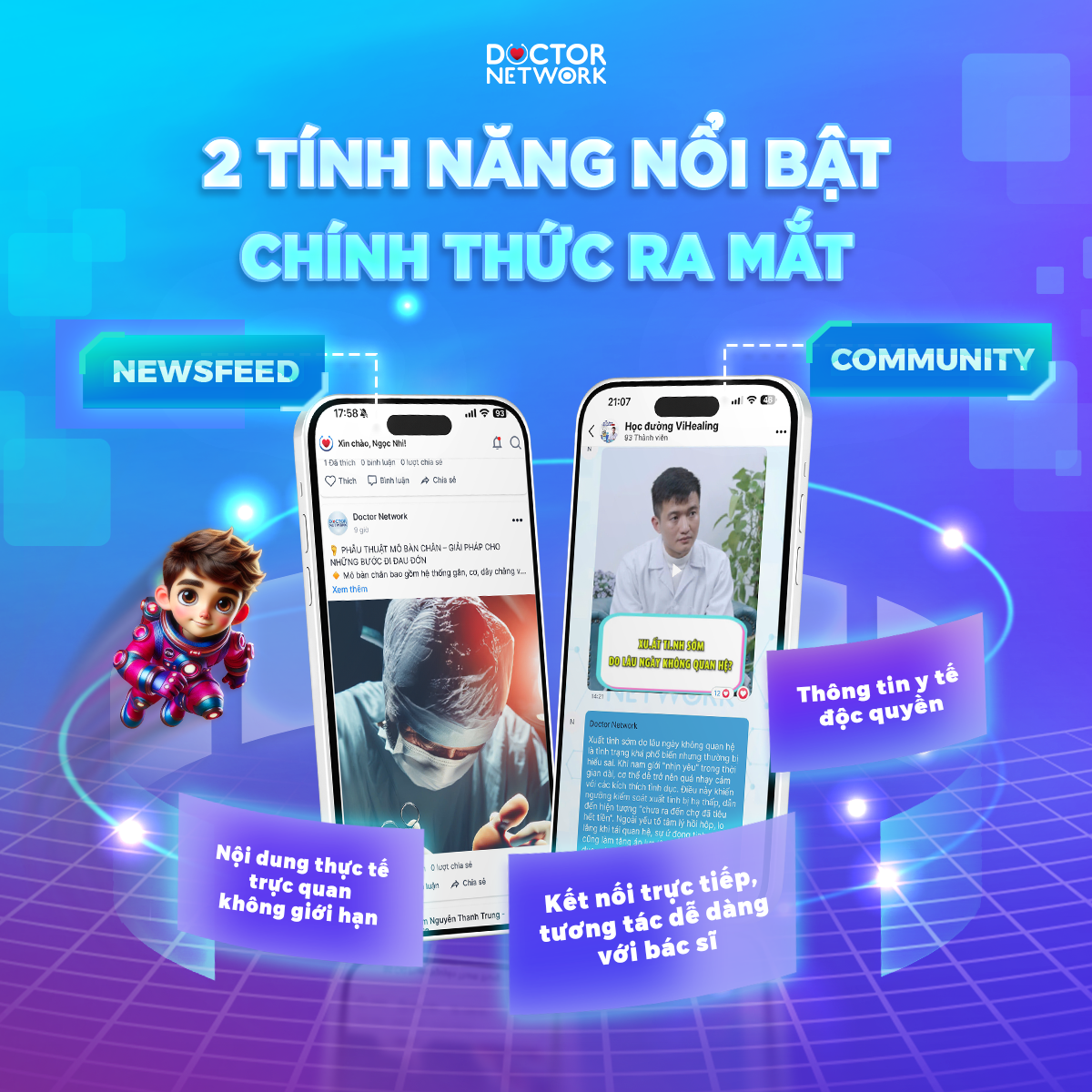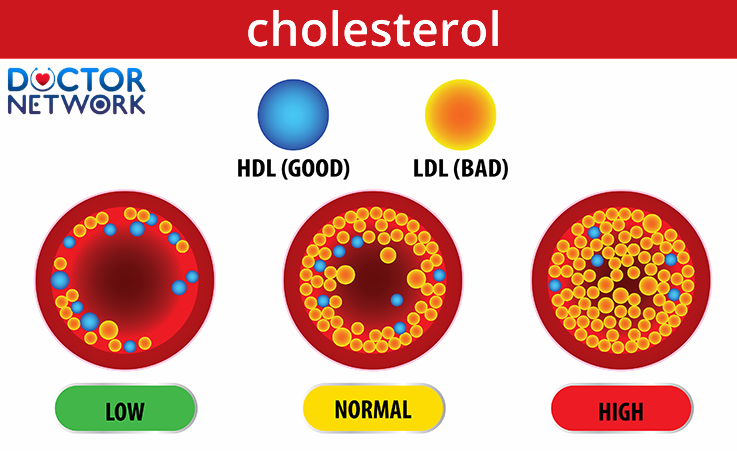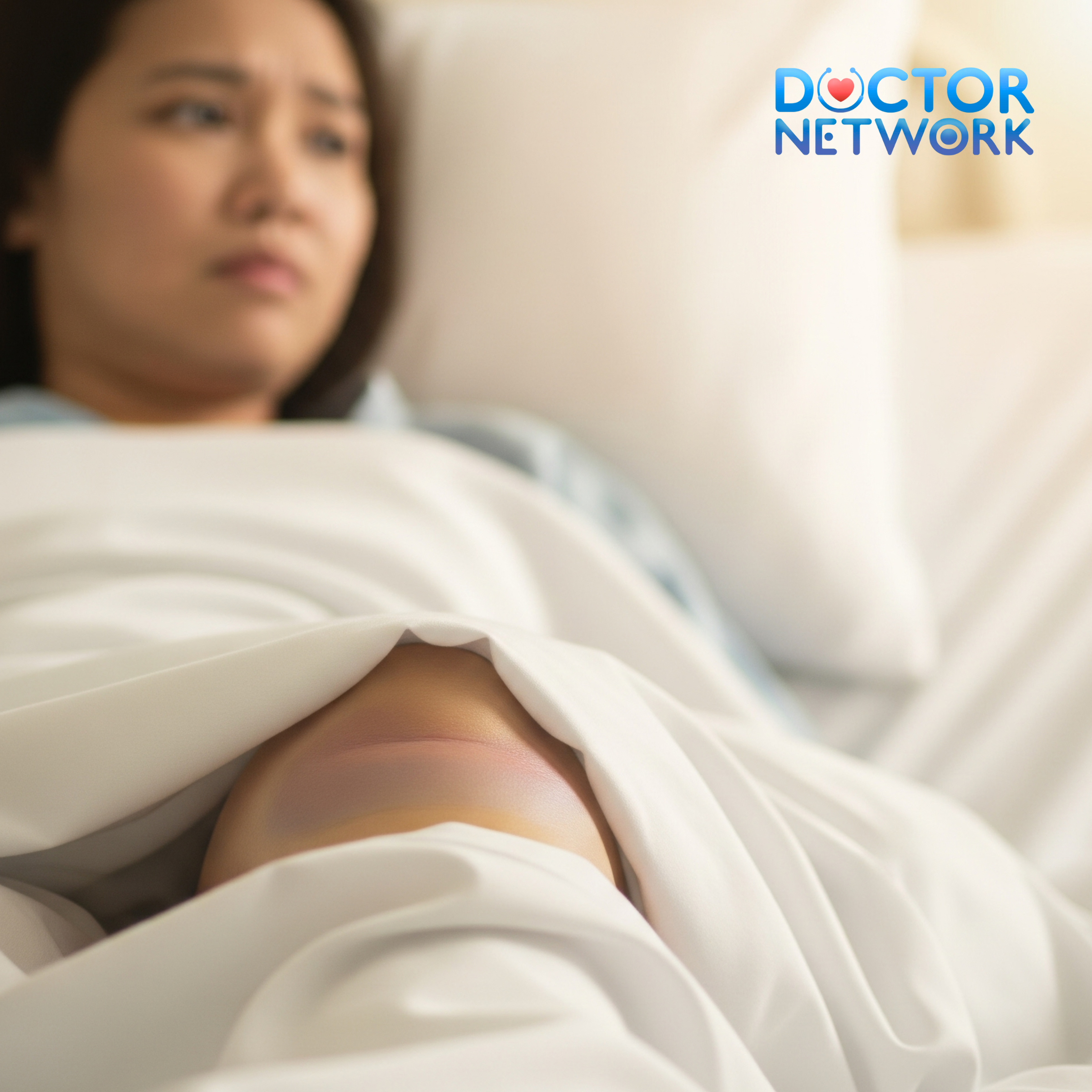Bone spurs, medically termed osteophytes, are bony projections that develop along the edges of bones, particularly where bones meet at joints or where ligaments and tendons attach to bone. These calcified growths appear as smooth lumps, knobs, or bumps and represent the body’s natural response to joint damage, chronic inflammation, or repetitive stress—functioning essentially as “bony scars” in a process called osteophytosis.
The critical truth that many patients need to understand is this: bone spurs cannot be dissolved naturally through diet, supplements, or home remedies. These structures consist of mature, calcified bone tissue identical to your existing skeletal framework. No natural treatment, nutritional intervention, or alternative therapy possesses the capability to dissolve established osteophytes.
However, this doesn’t mean you’re powerless against bone spur symptoms. “How to Dissolve Bone Spurs Naturally?” – This comprehensive guide will explore evidence-based natural strategies for managing pain and inflammation associated with bone spurs, supporting optimal bone health to prevent progression, and implementing lifestyle modifications that can significantly improve your quality of life. We’ll cover nutritional approaches backed by orthopedic research, targeted exercise protocols, proven home remedies, and preventive measures that address the underlying factors contributing to bone spur formation.
Our discussion will encompass the most common locations where bone spurs develop—including the spine, shoulders, hips, knees, and feet—while providing location-specific management strategies. You’ll learn when conservative approaches are appropriate, when to seek professional medical intervention, and how to build a comprehensive treatment plan that addresses both symptoms and underlying causes.
Understanding Bone Spurs: Causes, Locations, Symptoms, and Complications
Bone spurs develop through multiple pathophysiological mechanisms, with osteoarthritis serving as the primary catalyst in most cases. The aging process naturally leads to cartilage deterioration, joint space narrowing, and subsequent bone remodeling as the body attempts to stabilize compromised joints.
Primary Causes and Risk Factors
The etiology of osteophyte formation involves several interconnected factors:
Degenerative Conditions:
- Osteoarthritis (most prevalent cause)
- Rheumatoid arthritis
- Ankylosing spondylitis
- Degenerative disc disease
- Diffuse idiopathic skeletal hyperostosis (DISH)
Mechanical Factors:
- Repetitive strain injuries from occupational activities
- Sports-related trauma and overuse syndromes
- Poor postural habits leading to biomechanical stress
- Obesity increasing joint loading forces
- Improper footwear causing gait abnormalities
Anatomical Predisposition:
- Genetic factors influencing bone metabolism
- Congenital joint abnormalities
- Previous traumatic injuries creating joint instability
Common Anatomical Locations
Bone spurs predominantly develop at sites experiencing maximal mechanical stress or repetitive loading:
| Location | Common Conditions | Typical Symptoms |
|---|---|---|
| Cervical Spine | Cervical spondylosis, foraminal stenosis | Neck pain, headaches, arm numbness |
| Lumbar Spine | Spinal stenosis, facet arthropathy | Lower back pain, leg pain, walking difficulty |
| Shoulder Joint | Rotator cuff impingement, acromioclavicular arthritis | Shoulder pain, limited overhead motion |
| Hip Joint | Hip osteoarthritis, femoroacetabular impingement | Groin pain, hip stiffness, limping |
| Knee Joint | Patellofemoral arthritis, meniscal degeneration | Knee pain, swelling, catching sensations |
| Heel/Foot | Plantar fasciitis, Achilles tendinopathy | Heel pain, morning stiffness, walking difficulty |
Symptomatology and Clinical Presentation
Bone spurs frequently remain asymptomatic, discovered incidentally during imaging studies for unrelated conditions. When symptoms manifest, they typically result from mechanical irritation of surrounding soft tissues, joint motion restriction, or neural compression.
Common Symptomatic Presentations:
- Localized pain ranging from mild discomfort to severe, debilitating aches
- Joint stiffness, particularly following periods of inactivity
- Reduced range of motion affecting functional activities
- Soft tissue swelling and inflammation around affected joints
- Palpable bony prominences when spurs develop near skin surfaces
Potential Complications by Location
Spinal Osteophytes: Neural foraminal stenosis represents the most significant complication, potentially causing radiculopathy with characteristic symptoms including:
- Dermatomal pain patterns
- Paresthesias (tingling, numbness)
- Motor weakness in affected muscle groups
- Loss of deep tendon reflexes
Cervical Spine Specific Complications:
- Dysphagia (swallowing difficulties)
- Chronic cough or choking episodes
- Vertebral artery compression (rare)
Peripheral Joint Complications:
- Rotator cuff tears secondary to subacromial impingement
- Tendon ruptures from chronic irritation
- Joint contractures limiting functional mobility
- Secondary osteoarthritis progression
Diagnostic Considerations
Plain radiographs (X-rays) remain the primary diagnostic modality for bone spur identification, often revealing incidental findings during routine imaging. Advanced imaging techniques provide enhanced detail:
- CT scans: Superior bone detail for surgical planning
- MRI: Excellent soft tissue visualization, neural compression assessment
- Electromyography (EMG)/Nerve conduction studies: Quantify neural involvement when radiculopathy is suspected

How to Dissolve Bone Spurs Naturally?
Addressing the “Dissolution” Myth and Setting Realistic Expectations
The widespread misconception that bone spurs can be “dissolved” through natural means requires direct, scientific clarification. Established osteophytes consist of mature, mineralized bone tissue with identical composition to your existing skeleton—primarily hydroxyapatite crystals embedded within a collagen matrix.
Why Natural Dissolution is Impossible: No dietary component, herbal supplement, or home remedy possesses the biochemical capability to selectively dissolve calcified bone tissue. The molecular structure of mature bone requires specialized cellular mechanisms (osteoclastic bone resorption) that cannot be replicated through external interventions.
Realistic Treatment Goals: Evidence-based natural approaches focus on achievable outcomes:
- Symptom Management: Reducing pain, inflammation, and functional limitations
- Joint Health Optimization: Supporting cartilage integrity and synovial fluid production
- Prevention of Progression: Addressing underlying factors contributing to further bone spur development
- Functional Improvement: Enhancing mobility, strength, and quality of life
Timeline Expectations: Natural interventions require patience and consistency. While acute symptom relief may occur within days to weeks through anti-inflammatory approaches, comprehensive joint health improvements typically manifest over months of consistent implementation.
Permanent Resolution Limitations: Without surgical intervention (arthroscopic debridement, osteophyte excision), the bony projections themselves remain permanently. However, symptom management through conservative approaches often provides substantial long-term relief without requiring invasive procedures.
Natural and Conservative Strategies for Symptom Management and Bone Health
Nutritional Interventions and Dietary Approaches
Optimal nutrition plays a fundamental role in managing inflammation, supporting bone metabolism, and potentially slowing degenerative processes associated with bone spur formation.
Essential Bone Health Nutrients:
Calcium (1000-1200mg daily): Serves as the primary mineral component of bone tissue, essential for maintaining bone density and supporting natural bone repair mechanisms. Optimal sources include dairy products, leafy greens, sardines with bones, and fortified plant-based alternatives.
Vitamin D (800-2000 IU daily): Functions as a hormone regulating calcium absorption and bone mineralization. Synthesized through sun exposure or obtained from fatty fish (salmon, mackerel), fortified foods, and targeted supplementation.
Vitamin K2 (90-120mcg daily): Critical for proper calcium utilization, directing calcium deposition into bone tissue rather than soft tissues. Found in fermented foods (natto, aged cheeses), grass-fed meats, and specific supplements.
Magnesium (400-420mg daily): Cofactor in over 300 enzymatic reactions, including bone formation and calcium regulation. Deficiency may contribute to abnormal calcium deposition. Sources include nuts, seeds, dark leafy greens, and whole grains.
Vitamin C (65-90mg daily): Essential for collagen synthesis, providing the protein matrix for bone formation. Powerful antioxidant properties help combat inflammatory processes. Abundant in citrus fruits, berries, bell peppers, and cruciferous vegetables.
Omega-3 Fatty Acids (1-2g daily): EPA and DHA possess potent anti-inflammatory properties, potentially reducing joint inflammation and pain. Marine sources (wild-caught fish) provide superior bioavailability compared to plant-based alternatives.
Anti-Inflammatory Dietary Protocol
| Food Category | Recommended Choices | Inflammatory Foods to Minimize |
|---|---|---|
| Proteins | Wild-caught fish, grass-fed meats, legumes | Processed meats, conventional dairy |
| Fats | Olive oil, avocados, nuts, seeds | Trans fats, excessive omega-6 oils |
| Carbohydrates | Vegetables, fruits, ancient grains | Refined sugars, processed grains |
| Beverages | Water, herbal teas, bone broth | Excessive alcohol, sugary drinks |
Targeted Supplementation Strategies
While a nutrient-dense diet provides the foundation for bone health, specific supplementation may address deficiencies or provide therapeutic concentrations of beneficial compounds.
Evidence-Based Supplements:
Glucosamine Sulfate (1500mg daily): Naturally occurring compound supporting cartilage matrix synthesis and potentially reducing joint space narrowing. Clinical studies show modest benefits for osteoarthritis symptoms, though results vary among individuals.
Chondroitin Sulfate (800-1200mg daily): Cartilage component that may enhance joint lubrication and reduce inflammatory mediators. Often combined with glucosamine for synergistic effects.
Curcumin (500-1000mg daily with piperine): Potent anti-inflammatory compound from turmeric root. Requires enhanced absorption formulations (with black pepper extract) for therapeutic effects.
Boswellia Serrata (300-500mg daily): Traditional herb with anti-inflammatory properties, particularly effective for musculoskeletal conditions.
Supplementation Precautions:
- Consult healthcare providers before initiating new supplements
- Consider potential drug interactions and contraindications
- Choose third-party tested products from reputable manufacturers
- Monitor for adverse effects and adjust dosing accordingly
Exercise and Physical Activity Protocols
Regular physical activity represents one of the most effective natural interventions for bone spur symptom management, offering multiple therapeutic benefits including improved bone density, enhanced joint mobility, strengthened periarticular muscles, and reduced inflammatory markers.
Weight-Bearing Exercise Benefits:
- Stimulates osteoblastic bone formation
- Improves calcium incorporation into bone matrix
- Enhances bone mineral density
- Reduces age-related bone loss
Recommended Exercise Categories:
- Cardiovascular Training (150 minutes/week moderate intensity):
- Walking, swimming, cycling
- Low-impact options for joint protection
- Interval training for enhanced benefits
- Resistance Training (2-3 sessions/week):
- Progressive overload principles
- Multi-joint compound movements
- Bodyweight exercises for accessibility
- Flexibility and Mobility Work (daily):
- Dynamic warm-up routines
- Static stretching post-exercise
- Yoga or tai chi practices
Location-Specific Exercise Recommendations:
Cervical Spine Bone Spurs:
- Neck stretches and strengthening
- Postural correction exercises
- Upper trapezius and levator scapulae stretches
- Deep cervical flexor strengthening
Lumbar Spine Bone Spurs:
- Core stabilization exercises
- Hip flexor stretches
- Lumbar extension exercises (if appropriate)
- Hamstring flexibility work
Peripheral Joint Management:
- Range of motion exercises
- Strengthening of supporting musculature
- Joint mobilization techniques
- Functional movement patterns
5 Most Frequently Asked Questions About “How to Dissolve Bone Spurs Naturally”
1. Can bone spurs be dissolved naturally?
No, bone spurs (osteophytes) cannot be dissolved naturally. They are extra bone growths, and there is currently no proven natural remedy, supplement, or treatment that can dissolve bony tissue. The only way to physically remove a bone spur is through surgery.
2. What natural methods can help manage the symptoms of bone spurs?
While you cannot dissolve bone spurs naturally, you can manage their symptoms using several approaches:
- Applying cold compresses to reduce inflammation and pain.
- Taking anti-inflammatory supplements (like fish oil, turmeric, or boswellia).
- Engaging in gentle stretching, physical therapy, and low-impact exercises to improve joint function and reduce discomfort.
- Eating a diet rich in anti-inflammatory foods such as leafy greens, fruits, whole grains, and omega-3 fatty acids.
3. Are there any supplements that help with bone spurs?
Supplements like magnesium, vitamin K2, glucosamine, and chondroitin are sometimes recommended to support joint health and manage inflammation. However, there is no scientific evidence that these supplements can dissolve bone spurs themselves. They may help reduce discomfort and promote overall joint health.
4. How can I prevent bone spurs from getting worse naturally?
To help prevent bone spurs from worsening:
- Maintain a healthy weight to reduce joint stress.
- Practice good posture and use supportive footwear, especially if spurs are in the feet or ankles.
- Stay active with appropriate exercises to strengthen muscles around affected joints.
- Address underlying joint instability or muscle weakness, as these can contribute to bone spur formation.
5. When should I consider seeing a doctor for bone spurs?
You should consult a healthcare provider if:
- Home and natural remedies do not relieve your symptoms.
- You experience severe pain, restricted movement, or neurological symptoms (like numbness or tingling).
- Symptoms interfere with daily activities or worsen over time.
A doctor can discuss further nonsurgical treatments, and if necessary, surgical options for removing bone spurs.
References
1. The Foundation: Mechanical Plaque Removal (Brushing and Flossing)
This is the most scientifically validated and essential method for controlling gingivitis. The goal is to physically remove the bacterial plaque film.
Title: Flossing for the management of periodontal diseases and dental caries in adults
Authors: H. V. Worthington, J. MacDonald, P. D. Poklepovic Pericic, et al.
Source: Cochrane Database of Systematic Reviews
Key Findings:
This is a high-level review of existing studies. The authors found “low-certainty evidence” that flossing in addition to toothbrushing may reduce gingivitis more than toothbrushing alone.
While the evidence for flossing specifically is not as robust as one might think, the underlying principle of interdental cleaning (cleaning between the teeth) is universally accepted as critical for removing plaque that a toothbrush cannot reach.
Conclusion: Meticulous and consistent mechanical cleaning is the cornerstone of preventing and reversing gingivitis.
Link: https://www.cochranelibrary.com/cdsr/doi/10.1002/14651858.CD008829.pub3/full
2. Oil Pulling
This ancient Ayurvedic practice involves swishing oil (typically sesame or coconut) in the mouth. Studies have investigated its effect on plaque and gingivitis.
Title: Effect of oil pulling on plaque induced gingivitis: a randomized, controlled, triple-blind study
Authors: S. Asokan, J. Emmadi, R. Chamundeswari
Source: Indian Journal of Dental Research
Key Findings:
This randomized controlled trial compared oil pulling with sesame oil to a standard chlorhexidine mouthwash in subjects with plaque-induced gingivitis.
The study found that after 10 days, “oil pulling therapy showed a reduction in the plaque index, modified gingival scores, and total colony count of aerobic microorganisms.”
The reduction in gingivitis was statistically significant and was comparable to the effects of the chlorhexidine rinse. This suggests oil pulling can be an effective adjunctive therapy.
3. Herbal Rinses (e.g., Tea Tree Oil)
Various plant extracts have been studied for their antimicrobial and anti-inflammatory properties.
Title: The effect of a tea tree oil-containing mouthwash on plaque and chronic gingivitis
Authors: C. R. Arweiler, D. Donos, M. Netuschil, H. Reich, A. Sculean
Source: Australian Dental Journal
Key Findings:
This study investigated a mouthwash containing tea tree oil. It found that the tea tree oil group showed a “significant reduction of gingival inflammation and bleeding” compared to the placebo group.
It suggests that certain herbal ingredients can have a therapeutic effect on gingivitis, likely due to their antimicrobial and anti-inflammatory properties.
4. Saltwater Rinses (Saline Solution)
This is a common home remedy, though high-level clinical trials are less common than for commercial products. Its mechanism is primarily based on basic science principles.
Title: Wound healing activities of different natural products: A review
Author: P. D. T. M. Rekha, R. K. Kollipara, P. S. Gupta, et al.
Source: Journal of Pharmacy and BioAllied Sciences
Key Findings:
While not a direct study on gum disease, this review (and others like it) discusses the principles of wound healing. A hypertonic saline (saltwater) solution can temporarily increase blood flow, cleanse the area, and create a less favorable environment for some bacteria through osmosis.
It is widely recommended by dentists as a soothing, adjunctive treatment after dental procedures to promote healing and reduce mild inflammation. Its effect on reversing established gingivitis on its own is less documented but is considered a safe, supportive measure.
Link: (This paper provides general context on natural product healing) https://www.ncbi.nlm.nih.gov/pmc/articles/PMC8472044/
5. Why Professional Care is Essential for Periodontitis
This resource from the leading professional body for periodontists explains why you cannot treat advanced disease at home.
Title: Scaling and Root Planing
Author: American Academy of Periodontology (AAP)
Source: Perio.org (Patient Resources)
Key Findings:
The AAP explains that the primary cause of periodontitis is plaque and calculus (tartar) that forms below the gum line.
“Home care, such as brushing and flossing, will only clean the portion of the tooth above the gum line.”
Scaling and root planing is a non-surgical procedure performed by a dental professional to manually remove the calculus from deep pockets and smooth the tooth root to help the gums reattach. This cannot be replicated at home with any brush, pick, or rinse.
Link: https://www.perio.org/for-patients/periodontal-treatments-and-procedures/scaling-and-root-planing/
Kiểm Duyệt Nội Dung
More than 10 years of marketing communications experience in the medical and health field.
Successfully deployed marketing communication activities, content development and social networking channels for hospital partners, clinics, doctors and medical professionals across the country.
More than 6 years of experience in organizing and producing leading prestigious medical programs in Vietnam, in collaboration with Ho Chi Minh City Television (HTV). Typical programs include Nhật Ký Blouse Trắng, Bác Sĩ Nói Gì, Alo Bác Sĩ Nghe, Nhật Ký Hạnh Phúc, Vui Khỏe Cùng Con, Bác Sỹ Mẹ, v.v.
Comprehensive cooperation with hundreds of hospitals and clinics, thousands of doctors and medical experts to join hands in building a medical content and service platform on the Doctor Network application.


























